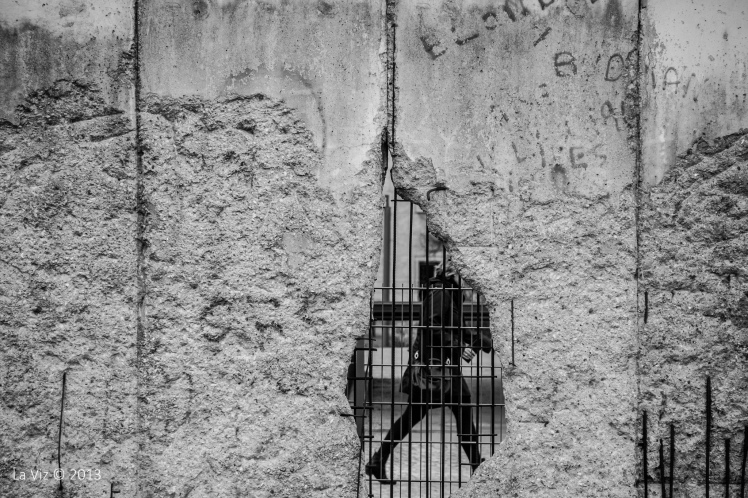In the previous post I drew attention to the need to fall in love with ourselves to achieve balanced acceptance of our “shadows” and, consequently, to a fuller expression of our attitudes.
Not long ago I read a very good article on the ancient Japanese art of “kintsugi”, in other words to enhance and highlight the cracks of an object that breaks through a golden dust.
In my view, a little ‘trivial if you may, years ago, I had tattooed the dates of two operations that I had undergone: March 3, 1999 and January 5, 2007.
At the end of my marriage, I matured the idea that if I had been sufficiently prepared to deal with the scars of a separation, I owed it to the “school” of scars that I had attended due to illness and in particular following the two surgeries ; while not knowing the art of kintsugi, it seemed almost a duty to celebrate those evident wounds on the body but also in my soul, with an indelible mark. I was quite stricken by the incredulous astonishment of my talented tattoo artist, when I explained the significance of the dates I asked him to tattoo: despite him not being very young of age, he did not remember that anyone had ever asked him to make permanent memories of suffering; in fact, it was in the value of this suffering, in its teaching and in its passing, what I wanted to somehow make indelible: I hadn’t gotten yet to the “thanking” of the illness to which I’ve just gotten to recently but certainly I had already come to a good understanding of its fundamental importance in my path.

Today, this lack of understanding of the tattoo artist does not surprise me: I have found that most people rarely capture teachings from the painful experiences, even after a long time; more simply, it’s defined “negative” and finds himself to choose between two options.
Some try to erase them from their memory, as if it were a matter of shame; Others, however, tend to flaunt them continuously, facilitated nowadays by the potential of social networks; returning in the metaphor of kintsugi, we can say that the former tend to bring together the pieces with invisible glue in an attempt to hide the cracks, while the second spending (too much) time leaving the object broken without worrying about repairing it, as if its value resided in pieces and not in the rediscovered and renewed capabilities.
Both approaches start from a non-acceptance of the events, which can be absolutely natural and human while processing an important mourning as the onset of an illness or loss of a loved one or separation.
Those who try to hide their scars, physical or psychological, tend to reject the outside world: no one can understand, no one can help me, no one cares for me much because no one with my scars can be liked.
On the contrary, excessive exhibitionists don’t have the strength to look at themselves and look at their scars, and tend to reject listening to themselves to advantage the attention that they constantly require in the outside world and that, currently, the outside world, foreign and voyeur of social networks, willingly gives in large doses.
Maybe because I did (or still do? Or do it again?) part of the first faction, I struggle to understand better than the other: I observe with sincere compassion, knowing what real suffering there is behind it, who, for example, takes a picture before and after surgery, even the delicate ones, making photo albums of their recovery or periods of convalescence, when, perhaps, managing a natural and spontaneous feeling like fear would require a high attention towards its movements of the soul and therefore a good dose of intimacy and private and personal recollection.
I’d like to help those who are suffering to understand that the crossing of different phases, sometimes very complicated to overcome, is inevitable and even healthy and proper for the overcoming its self; probably, convincing themselves about this principle, many people would be able to become more aware of the lessons that you receive precisely as a result of painful experiences.
Every child, learning to walk, falls and peel his knees: fortunately, the nature leads him to get up and not even put into question the need to learn to walk before you run, jump, play ball.
During our lives, we fall many times and many times we stop; only thanks to these falls, getting back up and continuing our journey, we will discover and appreciate the extraordinary beauty of the path that lies ahead.
“The fear of suffering is much worse of the suffering itself.
No heart has ever experienced suffering when it chased its dreams.”
P.Coelho, The Alchemist
Beautiful post.
LikeLiked by 1 person
Thank you!
LikeLiked by 1 person